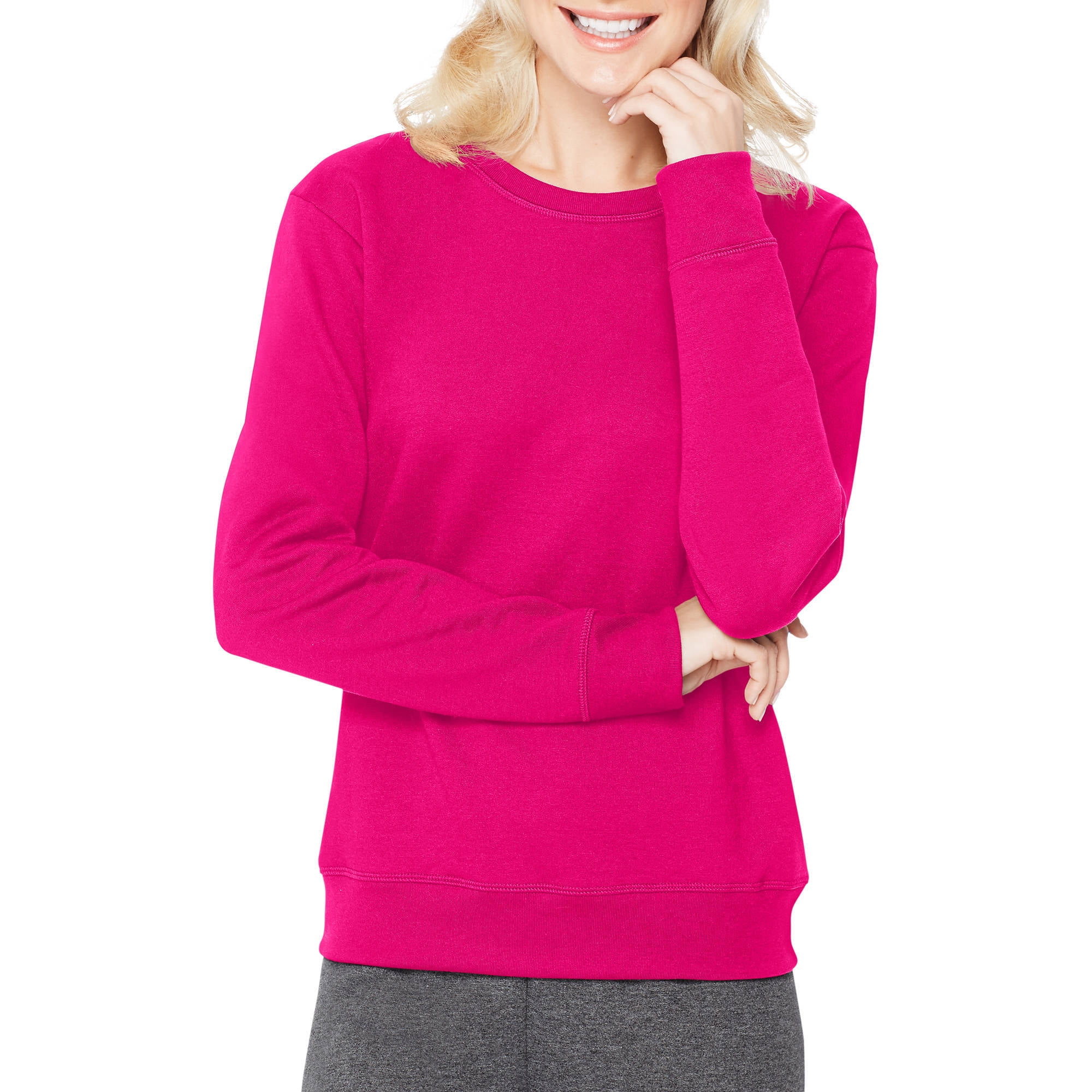Things to Consider When Deciding on the correct Sweatshirt

Sweatshirts are long-sleeved shirts that are typically constructed from thick cotton fabric. They are typically worn as casual clothing but aren't as dressy as sweater s or cardigans. They might not come with the or hood. If you're thinking of purchasing a sweatshirt , here are some suggestions:
The appeal of Norma Kamali was spread by the use of sweatshirts
Since the mid-70s, Norma Kamali has been turning the humble sweatshirt into a work of art. Her designs are now an essential part of every woman's wardrobe. Her distinctive designs vary from a tummy-tucking crew neckline to leather-paneled sweatshirts. She also has created clothes in unusual designs, like a tank top with an extended trumpet skirt.

The collaboration with the brand and sweatshirt manufacturer Everlast resulted in her Timeless collection, which was an instant hit when it appeared in the Spiegel spring 2006 catalog. The collection was made up of knits that could be interchangeable or convertible in classic silhouettes, and many pieces were priced under $20. Even if The Norma Kamali Timeless collection wasn't sold in stores, customers could still find these items on eBay or Poshmark.
Merino wool sweatshirts are more comfortable than soft sweatshirts
Merino wool is renowned for its ability to wick moisture away, which helps to keep you dry and comfortable. This is a naturally-occurring fiber and has a softer feel. The fabric is also quick to dry when compared with other natural material. In addition, it is a sustainable resource. The merino sheep shed their coats each year and grow new ones.
The weight-to-heat ratio of merino wool makes it popular for sweatshirts . It aids in controlling body temperature due to its natural loft, which retains heat in the fibers. This is the reason Merino wool sweatshirts are ideal for summer and outdoor activities like mountain biking, hiking and running. The warmth they provide helps keep the wearer well-hydrated and cool, something that is essential for working out.
Zip-front hoodies feature kangaroo pockets.
Kangaroo pocket Hoodies are a very popular type of hoodie. They feature a big pocket on the front, that keeps your hands warm on cold days. They are also more practical than traditional pockets, since they allow your hands to slide into and out with ease.
The pockets of Kangaroos are typically big enough to accommodate the wallet, or other small personal items. They're usually long enough to fit a small hand and are wide enough to fit two hands. They are wide on either side , and can be used to carry small items.
French Terry fabric is a popular fabric for sweatshirts
The French Terry fabric is constructed of soft yarns knit into loops and are typically medium-weight. It is also known because of its capacity to absorb away moisture and is already pre-shrunk. French Terry is a fantastic choice for sweatshirts because it will keep you warm when you're in need and also keeps your cool when you want to cool off.
French terry is also popular for casual wear, as it is stretchy enough and has enough flexibility to feel good when you touch your body. It also allows air to circulate around the fabric, making it ideal for layering underneath other clothes. Additionally, since it's lighter than most sweatshirts you can wear it all year round without feeling hot or cold.
Hoodies can be classist.
While it may seem that hoodies are an appropriate attire item for people of the working class however, in reality they are a symbol of class. Hoodies were first seen in the 1970s , in New York, where graffiti artists wore them to hide their identities. In 1976 Hoodies made their main appearance in the film "Rocky," when the character from the working class wore gray sweats that were hooded during his memorable climb to the top of the Philadelphia Museum of Art.
Hoodies are frequently associated with death, destruction, and other undesirable things, and yet they also serve practical purposes. For instance, priests and monks might wear hoods in order to display respect and a sense of self-control.
